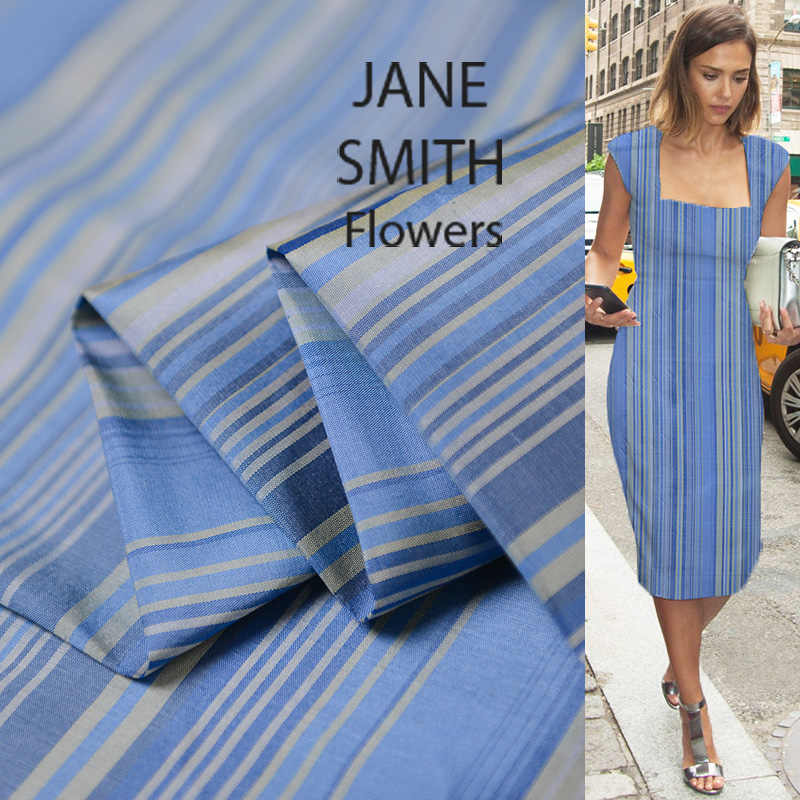
CREPE GEORGETTE / TAFFETA
Woven from highly twisted silk and cotton threads. Synthetic fibers are often involved in production. Taffeta is distinguished by its high density and rigidity. It forms brittle folds, allowing you to achieve additional volume and splendor.
Tual is distinguished by its high density and delicate shine. This fabric keeps its shape perfectly and is used as a lining for sewing dresses and ties.
Very thin airy material made of highly twisted silk threads. It is characterized by its transparency, lightness and fluidity. Perfect for sewing summer blouses and light scarves.

Luxury is not money, luxury is the ability to appreciate the chrysanthemums bursting in your glass, tied with silk and thin branches of sweetish lychees.. – Franz Wertfallen
CHAUCHA (HARD SILK)
Chesucha: dense, wild silk with an incredible texture. In production, threads of uneven thickness are used, which form such a surface. It is durable, well covered, but requires delicacy in care. Chesuchu is used to sew curtains and various garments.
Foulard is most often used as a finishing material. Thin, soft silk fabric from which scarves, scarves and scarves are sewn. In the 20th century, dresses, curtains and lampshades were also sewn from the fabric.

SCARF
Dense curtain fabric of medium stiffness, with a pleasant shine. This exclusive fabric, composed almost entirely of natural silk. Of particular value is the DuPont made in India. Wedding and evening dresses, accessories and expensive bedding are sewn from it.

CRÊPE GEORGETTE
Silk fabric, in the manufacture of which crepe fabric is used. The front surface of crepe georgette is shiny and rough.
Important! The difference between crepe georgette and other varieties of crepe is the direction of the weave. During production, the main and plot threads are twisted in different directions. This makes it dense, but light and resistant.
In the era of balls, crepe georgette sewed fashionable women’s toilets. Now this fabric is not so popular. She makes draped curtains, as well as some models of skirts, blouses and scarves.

SILK CRÊPE
Silk crepe fabric type: granular with crepe twist technology. It has a moderate, dense and thin shine. Shawls, suits, blouses are sewn from crepe de chine.
Important! Soft folds and drapes are a characteristic feature of this material.

SILK PONGEE
Pongee distinguishes between silk and cotton. This fabric has an irregular fluffy surface with a colored decorative pattern in the form of cells, stripes, melange.
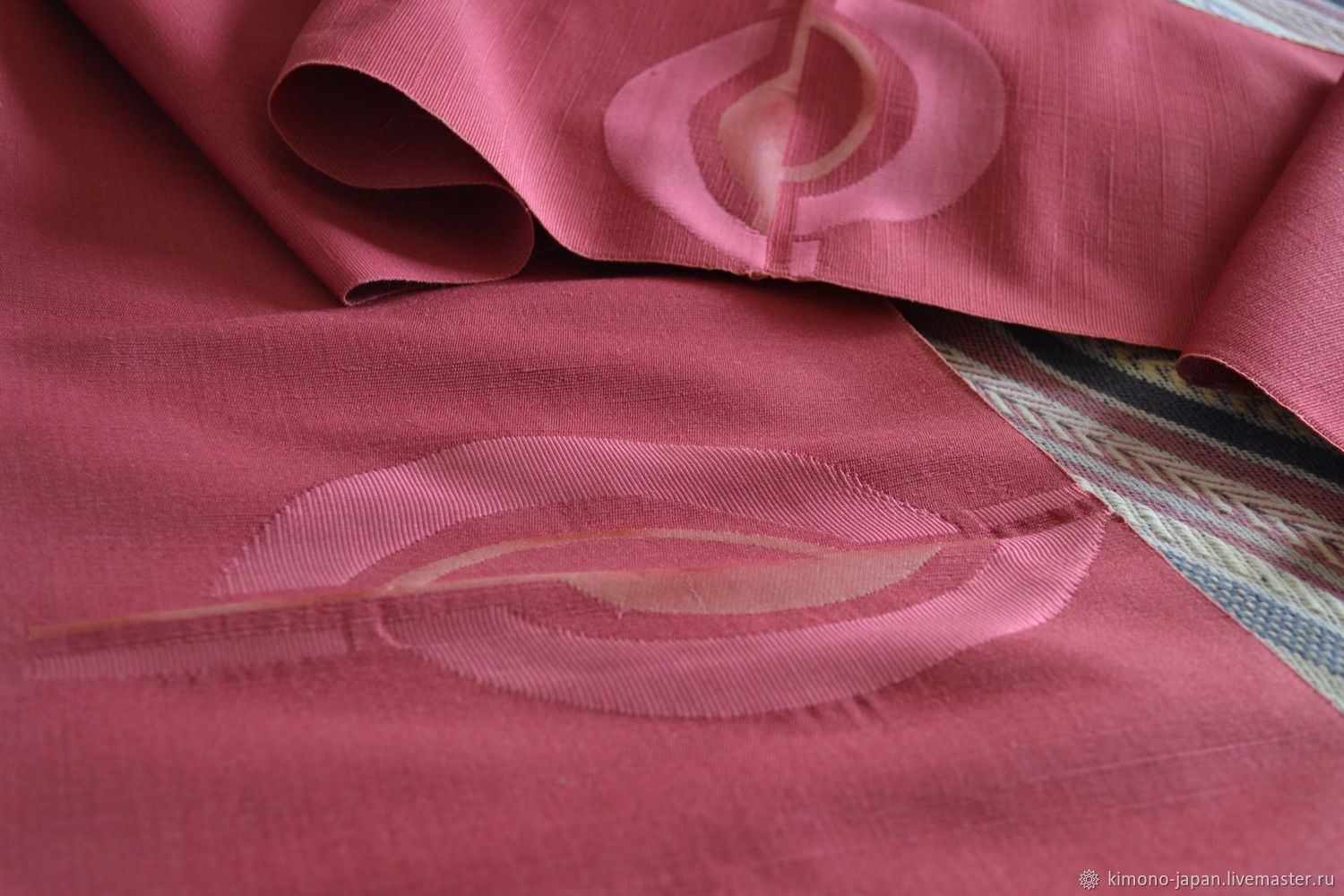
BROCADE
Brocade has always been considered the fabric of nobles, royal people and church ministers. This heavy material made of silk with a complex pattern made of metal thread. Previously, the pattern was made with threads of gold and silver alloys. This explains the high cost of the material.
Today, brocade patterns are embroidered not only from hard metal threads. Use linen, silk or cotton threads.
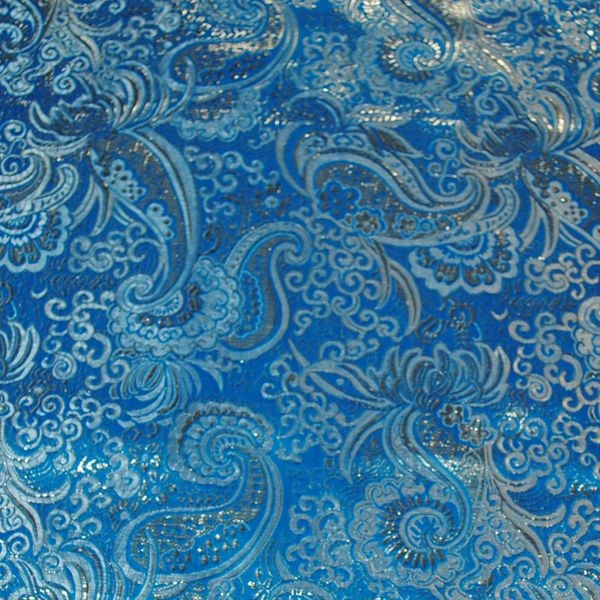
MUSLIN
Muslin is produced from high marking natural silk. The material is transparent and thin. It is used to sew theatrical costumes and dresses.
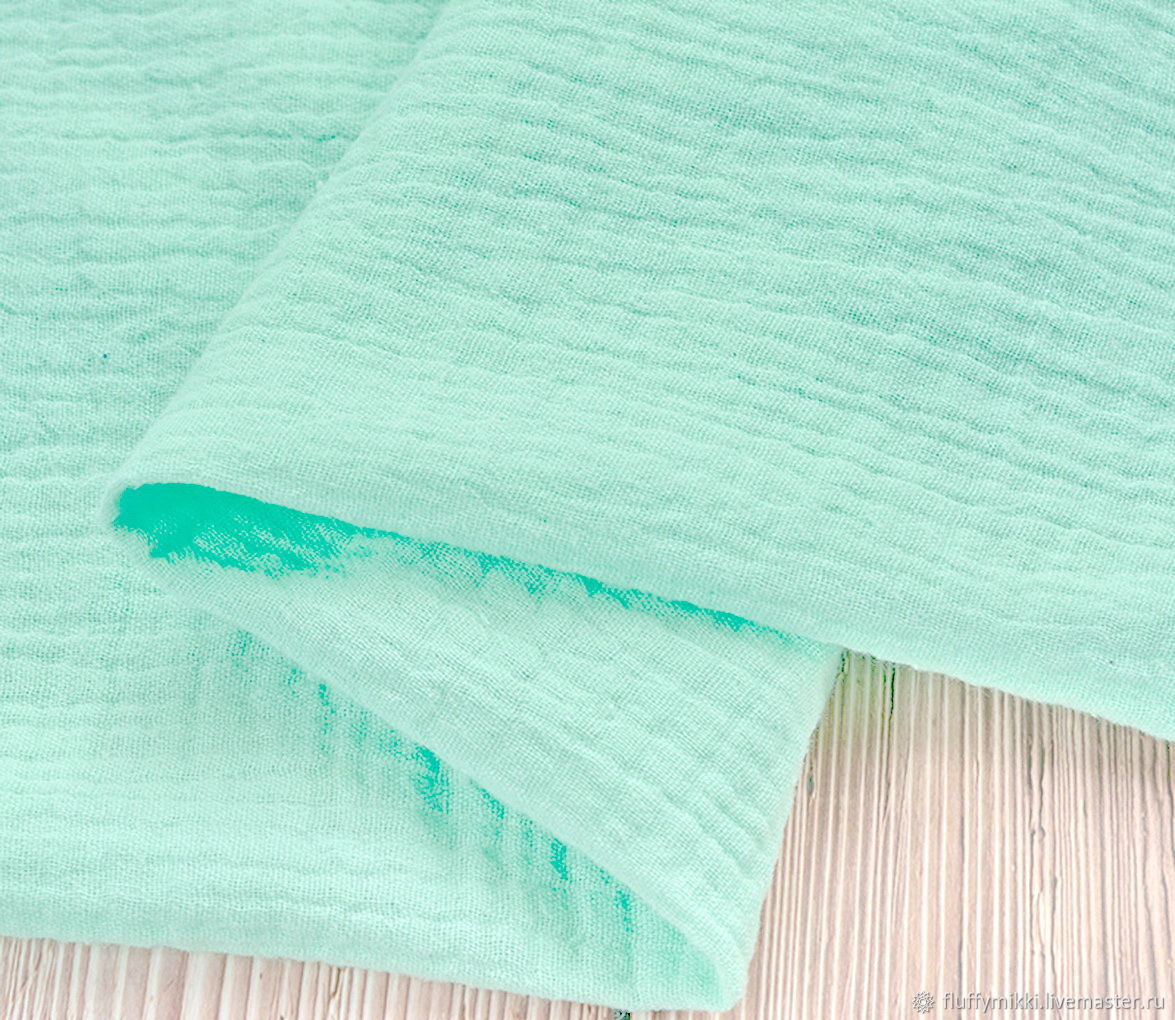
SERGE
Serge (Ital. Sargia, fr. Serge; from Lat. Sericus – “silk”) – twill production technology – diagonal weaving of threads. Each subsequent thread shifts the intersection by 2 or more more threads. Will produce one color or printed twill. Applied as a lining, technical or dress fabric, for sewing work clothes.

EXCELSIOR
Plain weave silk fabric with a pronounced sheen, thin and transparent. In production, untwisted yarn is used. Excelsior covers well. The fabric is very pretty. It is used by designers who work with batik, as well as creating silk flowers and decorative elements.

CHARMEUSE
Charmeuse is very similar to an atlas. Both have a smooth front surface with a characteristic shine. The difference can be determined by feeling the material: charmeuse is thinner and softer than satin.

SILK LAWN
Silk cambric contains about 3% silk, which makes things shiny. For its manufacture, plain fabric is used. Batiste flows beautifully and forms elegant folds. Good for long dresses.
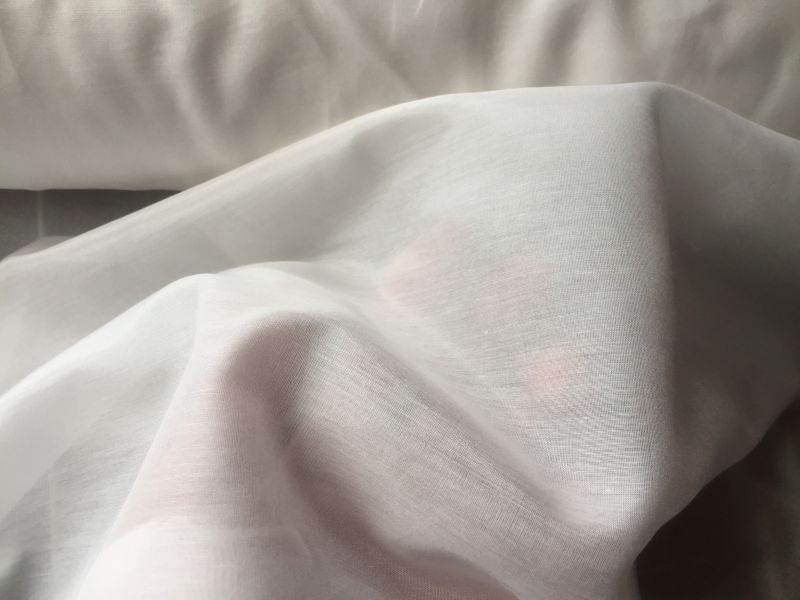
Regardless of what type of silk you choose, the main thing is to avoid synthetic fakes and you can be sure of the quality of the product. Silk does not cause allergies, and your clothes, with proper care, will please you for many years.
